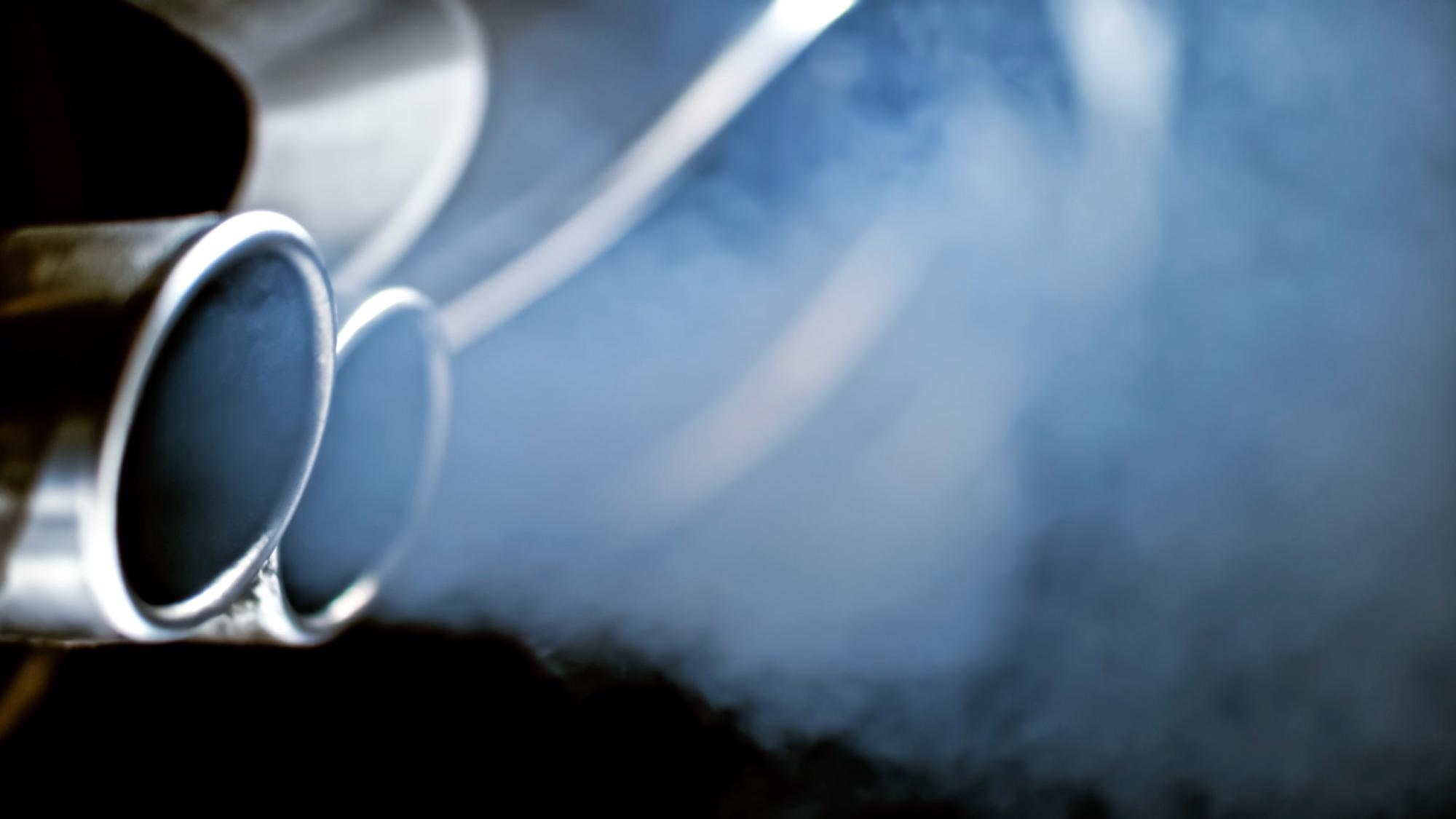Researchers have been investigating the possibility of capturing and using water and carbon dioxide (CO2) produced from a vehicles’ exhaust system to grow food.
 Texas A&M researchers are proposing a new way to reduce the environmental impact of common roadway traffic and increase the resources for food production. Image Credit: Getty Images.
Texas A&M researchers are proposing a new way to reduce the environmental impact of common roadway traffic and increase the resources for food production. Image Credit: Getty Images.
If these two wasted products can be repurposed, it would be a major breakthrough in reducing the carbon footprint of roadway traffic and supporting the agricultural industry to feed the increasing population.
Faculty members Maria Barrufet, Elena Castell-Perez and Rosana Moreira from Texas A&M University have drafted a white paper reporting their initial investigation and have published it in anticipation of receiving the financial support required for doing formal, multidisciplinary research on the project.
I started reading the related literature and did simulations of what was possible. This is entirely realistic. Several proposals have already been written for large trucks and marine vehicle applications, but nothing has been implemented yet. And we are the first to think of a passenger car engine.
Maria Barrufet, Professor and Baker Hughes Endowed Chair, Harold Vance Department of Petroleum Engineering
The effect could be huge. In 2019, the estimated number of vehicles used across the globe was 1.4 billion. An average passenger car in operation is capable of emitting about 5 U.S. (approximately 4.6 metric tons) tons of CO2 annually. This implies that a remarkable amount of greenhouse gas is emitted into the atmosphere. The fuel combustion of one car also generated a large amount of water per year, about 5547 gallons, which is almost equal to 21,000 L.
Castell-Perez and Moreira, both professors in the Department of Biological and Agricultural Engineering, understand that this wasted CO2 and water have the potential to be applied for good use, particularly in cities. Recent expansions in the U.S. urban agriculture depend on industrial greenhouses, which use an artificially enriched atmosphere containing up to three times the volume of CO2 in normal air to enhance plant health and harvests.
These urban farms would benefit from a steady source of free, reclaimed CO2 and water as they presently buy and use almost 5 pounds (over 2 kg) of CO2 and nearly six gallons (22 L) of water to grow just over two pounds (1 kg) of produce. These values do not include the water and CO2 needed for post-harvest food processing and dense-phase pasteurization.
The faculty members highlighted the method by which the combined device could operate. The heat from the engine could run the organic Rankine cycle (ORC) system, particularly a small, closed unit containing a turbine, heat exchangers, condenser and feed pump. This operates like an old-fashioned steam engine but on a very small scale and comparatively less heat is required to generate electricity.
The ORC would source the other components, such as a heat-exchange system, that could cool, compress and change the CO2 gas to a liquid, enabling more compact storage.
Years ago, we didn’t think we could have air conditioning in a car. This is a similar concept to the air conditioning that we now have. In a simple way, it’s like that device, it will fit in tight spaces.
Maria Barrufet, Professor and Baker Hughes Endowed Chair, Harold Vance Department of Petroleum Engineering
Preliminary simulations are encouraging. No notable reduction in a car’s engine power or increase in its fuel usage was predicted. Any possible occurrence of corrosion in the heat exchange system could be rectified with the use of new coating materials.
Theoretically, vehicle owners could turn in full cartridges of CO2 and water at reclamation centers just as people bring in aluminum and steel cans nowadays. Drivers could even utilize the CO2 and water in greenhouse systems of their own or within a community, provided the CO2 was used responsibly and fully absorbed by the plants.
The main question is regarding the size of the cartridges required, the method to handle water as it cannot be compressed, and the weight of the stored CO2 and water that would affect the performance of the car.
The faculties are seriously looking for financial support to continue the work. While research is already taking place in national laboratories and industries to enhance the devices for large-scale CO2 capture, nothing presently exists on such a small scale. It could be a decade before they have something for testing.
A notable difficulty could arise from assembling a multidisciplinary team to carry on the research. The component for the device is already available in some form but requires redesigning to form a cohesive team of engineers from various specialties to work in a confined space.
All of these independent ideas and technologies have no value if they cannot connect. We need people concerned about the future to make this happen soon, energized students in petroleum, mechanical, civil, agricultural and other engineering disciplines who can cross boundaries and work in sync.
Maria Barrufet, Professor and Baker Hughes Endowed Chair, Harold Vance Department of Petroleum Engineering
Journal Reference:
Barrufet, M. A., et al. (2021) Capture of CO2 and Water While Driving for Use in the Food and Agricultural Systems. Circular Economy and Sustainability. doi.org/10.1007/s43615-021-00102-4.